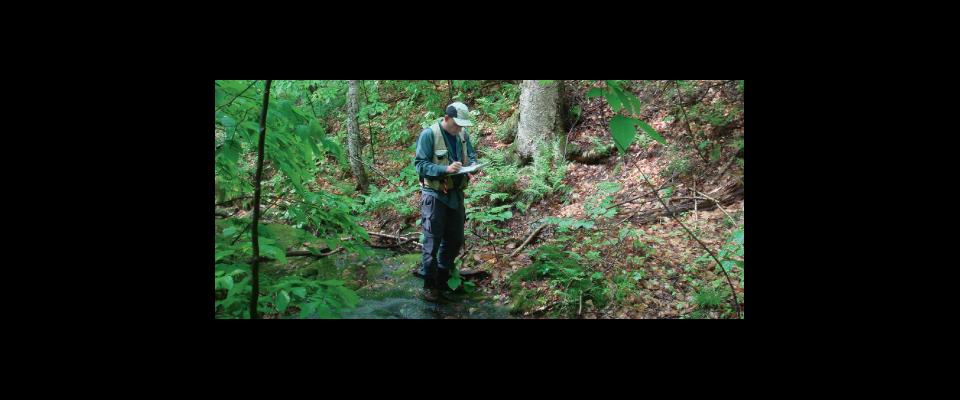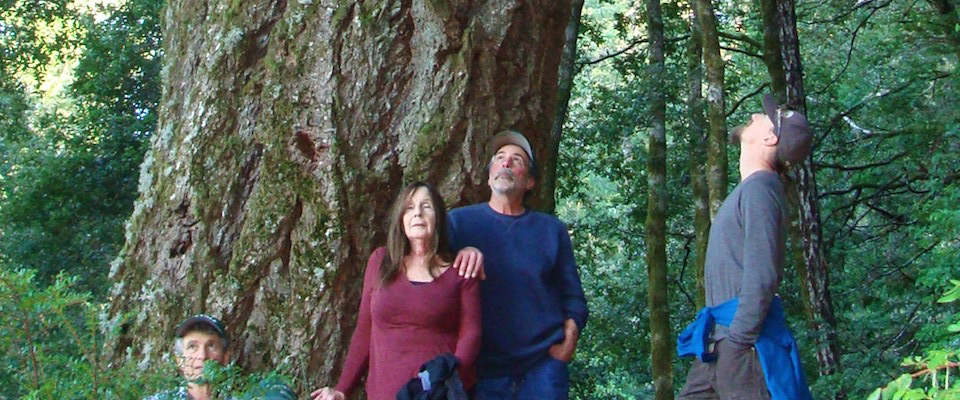To secure water for California, scientists look to the trees.
The recent history of the forests of the western Sierra Nevada goes something like this: Cut down all the trees for timber, leave the trees to grow back for wildlife habitat, cut down some of the trees for fire suppression, leave some of the trees alone for carbon storage.
What’s next? Well, one thing that comes out of those forests and hasn’t ever been a top priority, according to a recent study, is the water that supplies almost two-thirds of California. That, the research team projects, is likely to change.
“At some point when the urban core of California is thirsty, they’re not going to care so much about carbon or wildlife or timber, they’re going to want water,” says John Battles, an ecosystem sciences professor who was one of three Berkeley authors on the Sierra Nevada Watershed Ecosystem Enhancement Project (SWEEP) report. “Water’s just going to trump everything.”
The upside is that the amount of water flowing out of the mountains can be increased. The equation is a simple one. Trees take up water from the ground and let it evaporate from their leaves; more trees means more of this “evapotranspiration.” A century of prioritizing fire suppression and, more recently, habitat has left the Sierra Nevada forests thicker than they’ve ever been. The researchers’ preliminary findings suggest that strategically thinning the trees by 40 percent could free up 9 percent more water for use.
The potential of this proposal is immense, and not just for thirsty residents and farmers. As much as half the value of water coming out of the Sierra is in its use powering electrical turbines. Increasing the flow could mean not just more water available downstream, but increased renewable energy production upstream.
The problem is figuring out how, and how much, and where. Information about the connection between water and trees in the Sierra Nevada is scarce.
“My joke is, water’s almost too important in California to want to measure it,” Battles says.
Battles came to California after working on the famous Hubbard Brook research project, an experimental forest on the East Coast run by the U.S. Forest Service for measuring relationships between (among other things) vegetation and water. There’s nothing like it in California, and when Battles arrived 16 years ago, he says, he found the dearth of research on the Sierra Nevada surprising. The best work was done on a coarse scale in the early 1980s, he said.
“I’m used to thinking about this really fundamental biological link,” between trees and water, he says. “It’s this basic link and there’s very little information there.”
The next step in finding that information—SWEEP phase two—is for the researchers to learn what they can about water efficiency in the mountains and then use that to plot an experiment in which they can arrange different densities of trees and measure the subsequent changes in water.
That’s harder than it sounds. The patchwork of government agencies and private landowners makes decision-making tough. Someone also has to fund the project. That’s where the researchers hope the power companies and water agencies might become interested.
So far, the reaction has been mixed. “Some people in each company are enthusiastic and they see the revenue potential,” says Roger Bales, M.S. ’75, the director of UC Merced’s Sierra Nevada Research Institute and one of the SWEEP report’s lead authors. Others, he says, point out that energy companies are already set up to deal with considerable uncertainty in water levels, and would rather just continue to make money by buying and selling at the right time.
In fact, most agencies that rely on California water have plans in place to cope with year-to-year variation. Why bother with the study, critics argue, particularly when thinning the trees could reduce habitat?
Bales says it’s all in the design. A good one featuring a mosaic pattern of dense and less dense areas could reduce fire risk, increase water flow, and keep habitat disturbance to a minimum. But finding the right design requires testing and funding. As the project moves toward identifying potential test sites, Bales said the priority will be figuring out the elements of the most practical and efficient forest.
The bottom line, Battles and Bales say, is that California will one day have to choose to get more water. The issue then will be whether that decision is made carefully or in a last-minute panic.
“Decision-making needs to be more information-based than historical seat-of-the-pants-based,” Bales said. “Even though the direct benefits are a no-brainer, you still have to make that investment.”



















